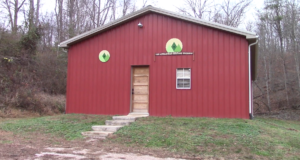After completing the construction phase of a project, the finishing phase begins. Actually, a finish is a film that lies on top of the wood surface, but like so many others I like to refer to the finish as the whole process of applying the finish. So, that means the first part of the finishing step is preparing the wood by proper sanding and/or scraping. Again, this ties back in to the second stage (construction) because it may be easier to sand or scrap the parts instead of the completed piece. Most of the decisions for finishing should have already been made. Pre-finishing or post finishing, dying to highlight figured grain, staining or coloring to match an existing finish, pre-raising the grain (if waterbased finishes are used) and glazing are examples of a few of your decisions already made. Other issues addressed are VOC’s and method of application – wipe on, brush on or spray. But perhaps the most important question to answer is the purpose and setting of the completed piece. These answers, which are thought about during the planning stage, should dictate the type of finish used. As you can see there is no miracle finish that is perfect for all applications. Finishing can be as personal as the design of a piece and trying new methods is always a challenging and learning experience. So, before you start your next project try to think through the whole process – design, construction and finishing – prior to cutting the first board. I am confident you will build it easier, quicker and with better craftsmanship each time.
Enjoy your shop time,
Jerill




